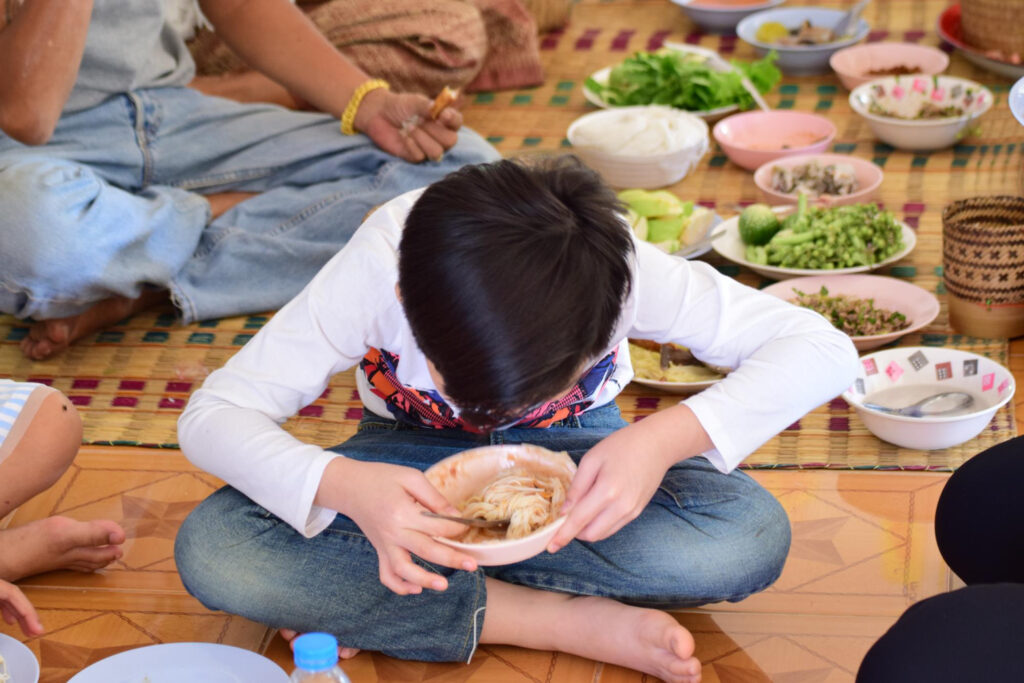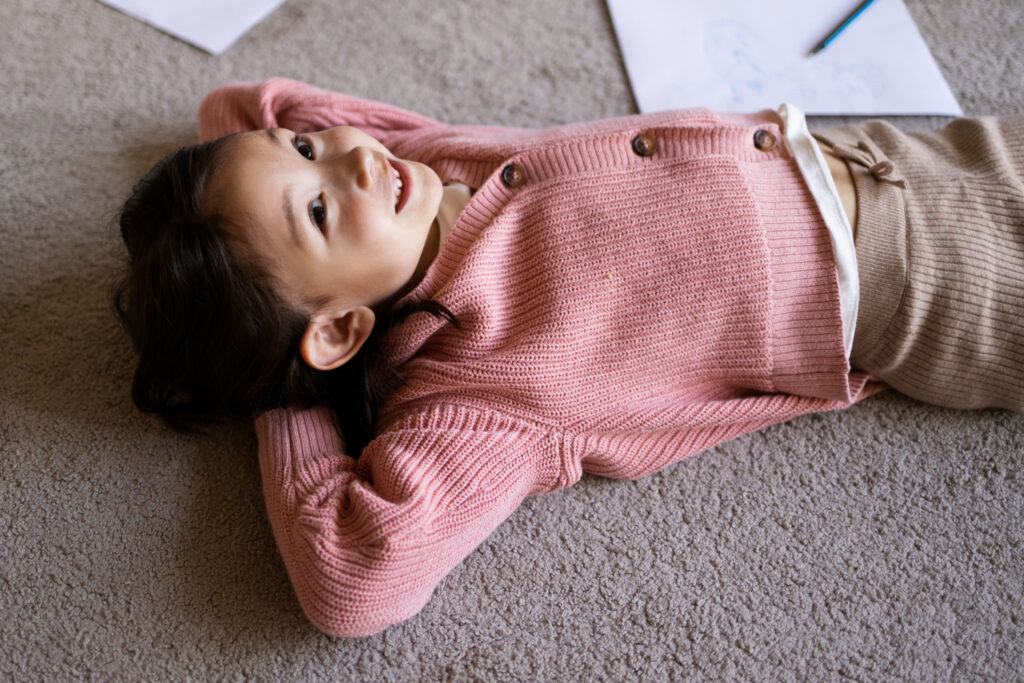Sleeping on the floor has long been part of Korean culture. Even today, many choose this form of restful rest in rural and traditional areas.
Sleeping on the floor has long been considered beneficial to health, providing numerous advantages like improved posture and spinal alignment, lower allergen levels and lessened back pain.
So, Why Do Koreans Sleep on the Floor?

It’s a Part of Their Culture
Koreans have long enjoyed sleeping on the floor for cultural or health reasons; many still opt to do this today. Sleeping on the floor offers several advantages, such as improved posture, regulated body temperature and an earth-centered sense of connection.
Historically, many Koreans lived in tiny houses without beds; this was particularly common in rural areas, where homes tend to be smaller than urban ones. Sleeping on the floor provided a practical solution and also saved households money on costly furniture purchases.
Sleeping on the floor can also be considered part of traditional Korean beliefs such as Confucianism. The practice was seen as a sign of humility and respect that helped develop good relationships within families while improving posture, relieving back pain, and helping people to rest better at night.
One reason many Koreans still sleep on the floor is convenience. With long work and school days ahead, sleeping on the floor offers restful and rejuvenating night rest while helping maintain health and vitality in everyday life.
Koreans traditionally utilize the floor for many activities beyond sleeping, including eating, playing and studying. Household chores are also performed there – meaning all family members can share one space while maintaining an organized home environment. More recently, though, many Koreans have begun purchasing beds or other types of furniture to add comfort to their living arrangements.

The Heating System
Floor beds have long been an integral part of Korean tradition, dating back centuries. Today, they can be seen in most Korean homes and provide several advantages compared to sleeping on an elevated bed, such as improved posture and spine alignment, reduced allergies, less space consumption and often cheaper costs. Furthermore, sleeping on the floor often proves more affordable.
Koreans sleeping on the floor typically use a futon or thickly padded mat, often adding pillows or blankets for support and comfort. Some homes also utilize traditional ondol floor heating systems, which run off either hot water pipes or electricity, giving them warmth.
Although some Koreans have begun purchasing beds, floor sleeping remains an established practice. Those who prefer this mode can select from various modern options – mattresses and tatami mats – that provide adequate support. In contrast, other times, Western-style mattresses may even be placed directly onto the floor to achieve similar comfort levels.

While sleeping on the floor has many advantages, some individuals may still need help adapting to this new way of sleeping. If you’re considering trying it, start slowly by sleeping for an hour or two before gradually increasing it by adding additional hours at each session.
At its heart, sleeping on the floor provides significant social benefits. For instance, in some cultures, a mother and her newborn may share the floor for up to nine days after birth, helping bond them closer together while providing comfort. Foster children in Korea sometimes sleep alongside their foster mothers on the floor for added security; it allows them to reach out and touch them if they wake up or feel uneasy during sleep.
It’s Comfortable, and It Has Health Benefits?
It may seem uncomfortable or challenging if you’re unfamiliar with sleeping on the floor. Luckily, some options make this type of rest much more relaxing – mattresses, futons, and tatami mats explicitly designed for this purpose can make things much more pleasant – these items feature soft fabrics designed to fold away quickly when they’re no longer being used and cost much less than traditional beds.
Sleeping on the floor also brings many other advantages: improved posture, reduced back pain and temperature regulation can all be accomplished while providing more restful night sleep and helping prevent allergies, not to mention relieving stress and anxiety!
While most Koreans now sleep on beds, some still practice the tradition of sleeping on the floor. This practice is especially prevalent in traditional Korean homes known as hanok and in older parts of Korea; its origin can be found in Confucianism, which emphasizes humility and respect for elders.
Modern science considers floor sleeping healthy, as it may help reduce back pain and enhance circulation. Many find it more relaxing and comfortable than sleeping on their bed.
Start off your experience in this sleeping by creating a cosy environment by clearing away clutter and warming the area up with candles or fragrances. Make the switch gradually by starting with short naps before progressing to longer ones. When selecting an appropriate pillow, be mindful that this helps ensure correct neck alignment to avoid injuries.
Sleeping on the floor has long been a cultural tradition in Korea, dating back centuries. While this form of restful rest may no longer be as widely utilized, its numerous health and environmental advantages make it a viable option for those searching for healthier ways of finding restful sleep.
It’s convenient
Koreans living in smaller homes may find sleeping on the floor convenient and economical, as beds take up too much space. As they use less bedding for this method, this sleeping arrangement costs significantly less.
Sleeping on the floor offers several additional health advantages over using a mattress, including being more hygienic than using one. Beds often become infested with dirt, bacteria, and dust mites, leading to respiratory ailments like sneezing, coughing, watery eyes, or runny noses. Floors are easy to sweep or mop clean for a healthier alternative for sleeping on.
Sleeping on the floor may also help those suffering from back and neck pain find relief through reduced pressure on the spine – something studies show can alleviate these conditions. Furthermore, this form of sleeping improves circulation while decreasing stress.
As with anything new, adapting to sleeping on the floor may take some getting used to; take your time easing yourself in gently! Try starting out with short naps on the floor before gradually increasing to longer ones. Try using a thinner floor mattress if that makes things easier for you.

Sleeping on the floor may also benefit people experiencing chronic back or hip pain and inflammation and those struggling to fall asleep. Finding comfort on a hard surface such as concrete may prove challenging initially, so investing in pillows and blankets to increase comfort levels might be necessary for optimal performance.
Koreans traditionally sleep on the floor due to its longstanding tradition and belief that it provides them maximum comfort and practicality when resting. With advances in technology, however, some have begun purchasing beds. At the same time, some prefer remaining traditional by sleeping on the floor for cultural or personal reasons.




